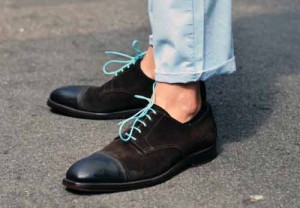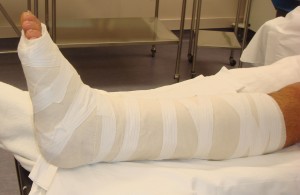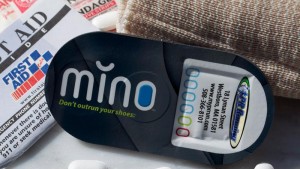Have you ever heard an older relative talk about having trouble getting around without pain due to a corn or a callus? Have you ever had one yourself? If so, you know that in some cases they can get to be pretty painful. Here at Socks4Life, we want to promote happy, healthy feet and it’s pretty hard to have happy feet if you can’t walk on them because you’ve rubbed them the wrong way.
Let’s break down what exactly corns and calluses are. Ultimately, corns and calluses are made from the stuff, dead skin cells that have built up from repeated friction. The biggest differences are where they form and how they’re shaped. Corns can form anywhere on your feet, but tend to form around the toes. When they form they’re cone shaped where the cone points inward and can push on things inside your feet like nerves or on bones and cause pain just from walking around. A callus tends to form on either the ball or the heel of your feet and are just an excessively thick bit of skin that cause pressure to build up on that one spot. If you’re diabetic, calluses can be a sign of ulceration and should immediately be checked on.
Both corns and calluses form the same way and are often treated the same way. The biggest tip for treating and preventing future corns and calluses is to wear shoes that fit properly. Poorly fitting shoes are going to rub in places against your feet and are going to cause new ones to form. Soaking corns and calluses does a good job of softening them to reduce the amount of pressure they put on your feet. Taking a pumice stone to corns that have been soaked is a good way to reduce the amount of tissue there that’s causing issues.







